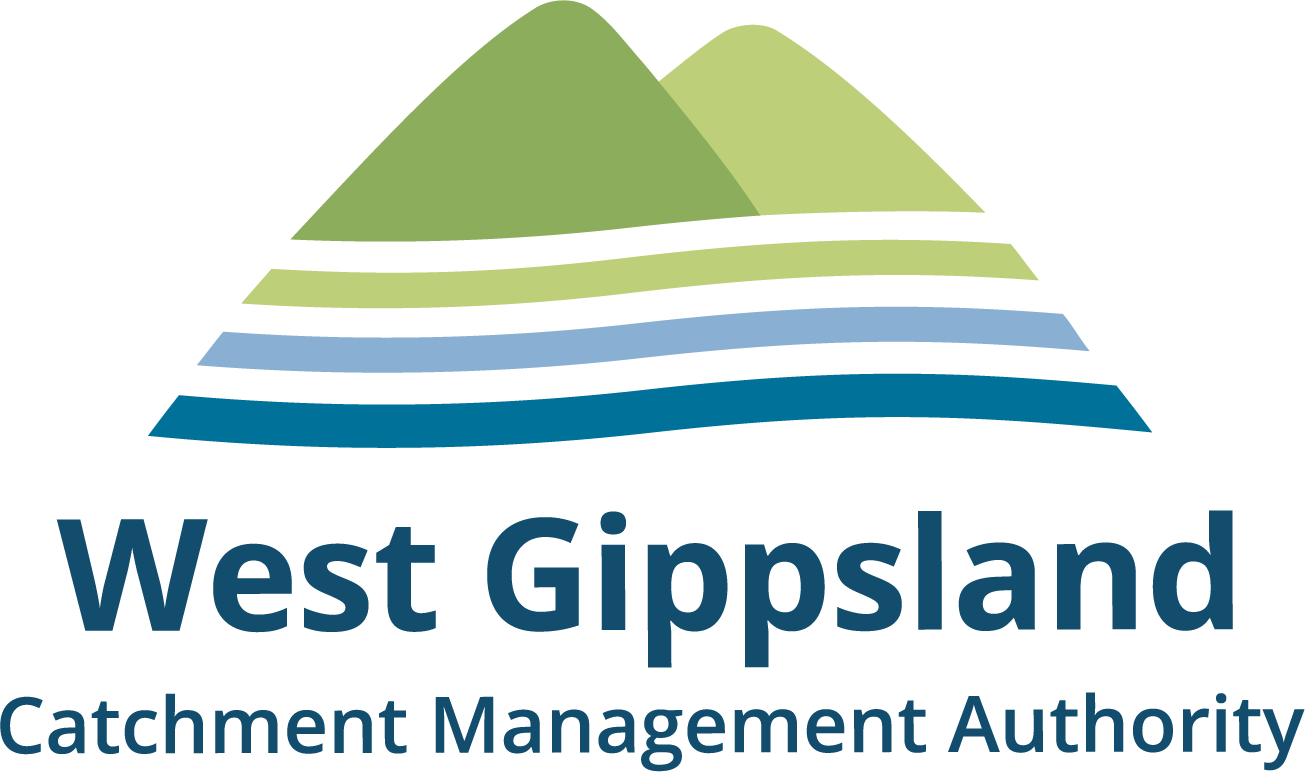Happy World Fish Migration Day everyone from West Gippsland Catchment Management Authority (WGCMA). The global celebration on 21 May only happens every two years – but connecting rivers to allow migratory species to break free is what WGCMA does every day.
“All fish need to be able to move up and down rivers for food and to breed and 70% of native fish in West Gippsland must migrate between rivers and the sea to survive,” explained WGCMA CEO Martin Fuller.
“Working with the community and partners to restore and reconnect rivers to allow fish to move freely is a highlight of what we do.”
“Fencing and planting of riverbanks restores river health and improves fish habitat. Then the real magic happens when we build fishways and fish ladders to help movement and add water for the environment to trigger migration events,” Mr Fuller explained.
And research reveals that migratory fish are the winners as their river homes are improved and reconnected.
“Work over almost 25-years is seeing a return of healthy rivers able to support the many migratory fish that rely on them to survive and thrive,” says David Stork, Waterways Project Manager for WGCMA.
“This has been achieved by delivering water for the environment in key rivers such as the Thomson and reconnecting the river with a fishway to support migratory native fish like Tupong, Australian Grayling, Australian Bass and eels in their migration.”
“Planned environmental water flows aid migration by releasing the right amount of water, at the right time – giving the fish cues that it is time to move. Flows in autumn and winter support fish to migrate downstream, and spring freshes signal to adults and juvenile fish that it’s time to migrate upstream.”
The story of the migratory Tupong shows the positive impacts of the Thomson River fishway opened in 2019 to connect the upper and lower sections of the Thomson River at Horseshoe Bend. This enabled permanent fish passage to 80 kms of the Thomson and Aberfeldy rivers for the first time in over 100 years.
“The impact was almost immediate. Annual monitoring has shown a return of Tupong populations upstream of the fishway for the first time in 17 years of monitoring.”
The Thomson River is one of the region’s most significant and ecologically important rivers, and the creation of a fishway to allow passage between the Gippsland Lakes to the Victorian alpine region is a state priority.
“World Fish Migration Day is a time to acknowledge work done across the world to connect rivers and we are glad to be playing our part in West Gippsland,” concluded David Stork.



